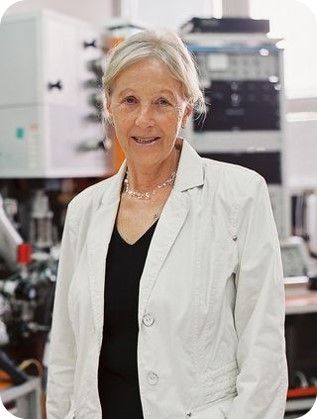 |
Nanostructured materials for solid state hydrogen storage
Pavla Čapková
J. E. Purkyně University in Ústí nad Labem, Faculty of Science, CENAB, Ústí nad Labem, Czech Republic
Prof. Čapková is an expert in X-ray diffraction analysis and molecular modeling of nanostructures using empirical force fields. Her research focuses on structure and properties of intercalates, nanomaterials based on intercalated and surface-modified layered structures with photocatalytic and antimicrobial properties. The last 10 years she deals with structure and properties of polymeric nanofibers and their composites. Between years 2005 and 2010 she was a director of the Nanotechnology Centre at VŠB-TUO, then 2011 - 2019 Vice-dean for research and external relations at the Faculty of Science, University J.E. Purkyně in Usti nad Labem. She has taken part in many national and international projects. She has published over 60 papers with more than 600 citations, achieving an h-index of 16.
|
 |
Low-dimensional functional materials for energy security
Aristeidis Bakandritsos
VSB - Technical University of Ostrava, CEET, CNT (MELab), Czech Republic; CATRIN-RCPTM, Palacký University Olomouc, Czech Republic
Dedicated scientist specializing in materials and nanomaterials science, catalysis, and biomedicine. Focused on overcoming challenges in energy storage, advancing catalytic systems, and exploring innovative biomedical applications. Experienced in delivering results on high-impact HORIZON research projects and collaborating with international teams to develop groundbreaking solutions. In 2006, he earned a doctorate in chemistry from NKUA and N.C.S.R. “Demokritos” in Athens, worked as an assistant professor at the University of Patras, Greece. In 2008, joined Cornell University. In 2016, he transitioned to RCPTM in Olomouc, where he now leads a research department and has also been a lead researcher at CNT, VŠB-TUO’s since 2019. Has published over 120 papers with more than 5,400 citations, achieving an h-index of 36.
|
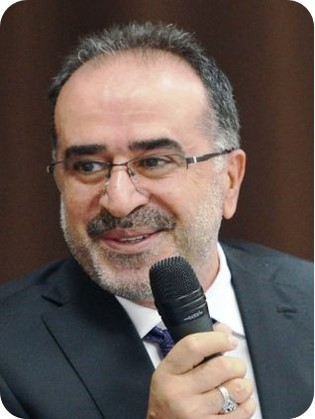 |
Fabrication of high-performance graphene oxide-reinforced Ni-P composite coatings via ultrasonic-assisted pulse electrodeposition
Hatem Akbulut
Sakarya University, Sakarya, Turkey
Prof. Dr. Akbulut is head of Sakarya University Research and Application Center (SARGEM) at Sakarya University, Turkey. He has received his PhD in Materials and Metallurgy from Istanbul Technical University, Turkey in 1995. After a postdoc career at New Mexico Tech in USA, he has started to study on the synthesizing of nanostructured materials for energy storage and nanocomposite depositions. Prof. Akbulut is also head of Lithium Ion Battery Development and Application Center (LIPGUM) at Sakarya University. He has participated in several international projects, including FP7, ERA-NET and bilateral projects. He attended at over 100 international conferences as a regular and invited speaker. He has published 6 book chapters and over 200 publications in various international journals, which have received more than 4000 citations.
|
 |
Photoredox catalysis with One or Two Photons & an Electron Transfer
Indrajit Ghosh
VSB - Technical University of Ostrava, CEET, CNT (MELab), Czech Republic
His current research focuses on designing functional materials for photochemical transformations, particularly tackling traditionally challenging reactions. Dr. Indrajit Ghosh is a Group Leader and Senior Researcher at REFRESH, CNT, MELab. After earning his Ph.D. in Chemistry from Jacobs University Bremen in 2013, he conducted postdoctoral research with Prof. Burkhard König and Prof. Markus Antonietti, contributing to synthetic photoredox chemistry and introducing innovative concepts like ConPET, SenI-ET, and AD-HoC catalysis. With over 50 peer-reviewed publications and approximately 6,000 citations, Dr. Ghosh’s work is recognized for advancing materials science and organic chemistry at the forefront of his field.
|
 |
Graphitic carbon nitride: what is not talked about
Petr Praus
VSB - Technical University of Ostrava, CEET, IET, Czech Republic
His research interests are nanomaterials, photocatalysis, analytical and environmental chemistry, and chemometrics. Prof. Petr Praus graduated from the University of Chemistry and Technology Prague in 1987 and earned a Ph.D. in Analytical Chemistry from the University of Pardubice in 1995. A full professor in Materials Science and Engineering at VSB-TUO since 2013, he has held leadership roles including head of the Chemistry Department and Vice-Rector for Research. Now a senior researcher at the Institute of Environmental Technologie. With over 100 publications, an h-index of 27, and recognition as a top 2% cited scientist, he leads impactful research published in leading journals.
|
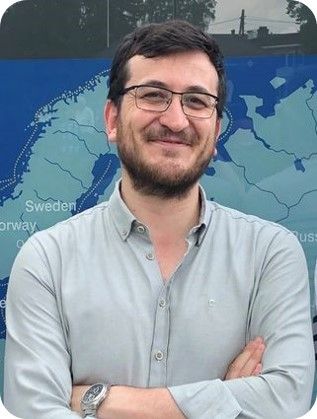 |
The Future of Batteries and Supercapacitors: Unlocking the Power of 2D Materials
Tuğrul Çetinkaya
Sakarya University, Sakarya, Turkey
Prof. Çetinkaya received his PhD degree in 2015 from Sakarya University. He completed his MSc studies at VSB-TUO, Nanotechnology Center, and his postdoctoral studies at Manchester University, National Graphene Institute. Starting from his PhD studies, he has conducted material-based scientific studies on improving the performance of electrochemical energy storage devices such as lithium-ion batteries, solid-state batteries, lithium-sulfur batteries, lithium-air batteries, Al-ion batteries and supercapacitors. In this context, he has taken part in many national and international projects as a director or researcher (FP7-NMP-Green Car-STABLE and HORIZON-CL5-2021-D2-01-06, FREE4LIB). He has published over 70 publications in various international journals, which have received more than 1000 citations.He is founding members of the Research and Application Center (SARGEM).
He received the Turkish Academy of Sciences-Outstanding Young Scientist Award (TUBA-GEBIP), which was presented to him by President Recep Tayyip Erdoğan on December 18, 2024.
|
 |
Advancing Li-S Batteries: Two-Dimensional (2D) Heterostructures for Enhanced Performance and Longevity
Srikanth Ponnada
VSB - Technical University of Ostrava, CEET, CNT, Czech Republic
His current research focuses on the synthesis of functional materials, energy storage devices (Metal-S, Li-ion, Li-Free batteries etc.), conversion devices (fuel cells and electrolyzers), polymer electrolyte membranes, device fabrication, electrocatalysis, and electrochemical sensors. Dr. Ponnada is a Junior Group Leader/Senior Researcher at the Nanotechnology Centre, CEET, VSB-TUO, Czech Republic. He was a Post-Doctoral Fellow in Prof. Andy Herring’s group at the Chemical and Biological Engineering Department, Colorado School of Mines, USA, and also worked as a Post-Doctoral Research Associate at the Indian Institute of Technology Jodhpur, Rajasthan. He earned his Ph.D. in the area of “Functional Materials and Their Electrochemical Applications in Li-S Batteries and Sensors”. He had previous experience working at Council for Scientific and Industrial Research-Central Electrochemical Research Institute-India, as a Project Assistant Level-III on lead-free perovskite-based photovoltaics and electrocatalysis, and at Indian Institute of Technology (ISM) Dhanbad as a Project Junior Research Fellow on gold nanoparticle-assisted heterogeneous catalysis and alcohol oxidation reactions. He published over 30 peer reviewed journal articles with an h-index of 16.
|
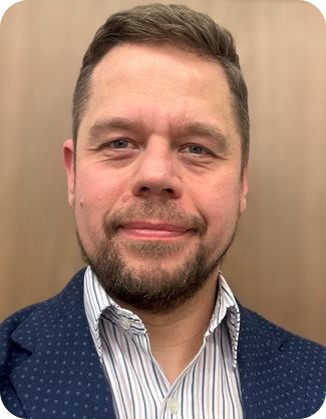 |
Pd-nanoparticles supported on bacterial nanocellulose as a catalyst for the hydrogenation of polyfunctional reagents containing C=O and C=C bond
Robert Kosydar
Jerzy Haber Institute of Catalysis and Surface Chemistry, Krakow, Poland
His research interests are heterogeneous catalysis, especially synthesis of metal/polymer & metal/ceramics catalysts (mono and bimetalic nanoparticle synthesis, deposition onto carriers like carbon, silica, polymers), wet/dry impregnation, reverse microemulsion method. He explore the catalysis of liquid phase hydrogenation of organic compounds over noble metals (Pd, Au, Pt, Ru, Ir) based catalysts. Since 2020 Dr. Kosydar is Assistant Professor at Jerzy Haber Institute of Catalysis and Surface Chemistry, Polish Academy of Sciences, Kraków. He published over 30 peer reviewed journal articles with an h-index of 16.
|
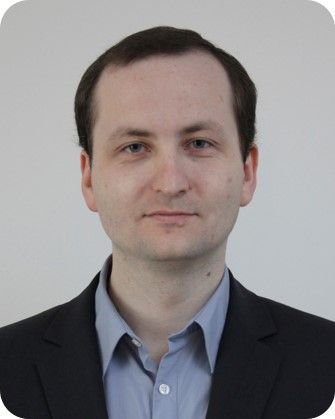 |
Silicon nanowire devices and optical methods to characterize them
Martin Foldyna
LPICM, Ecole Polytechnique, Palaiseau, France
Dr. Foldyna is the head of Nanowires for the PV and solar fuels team at CNRS, Ecole Polytechnique, France. His scientific field focuses on optics, nanophotonics, silicon nanowires, and solar cells for solar electricity production and storage. His more than a hundred publications have been cited 2000 times, his H index is 24.
|